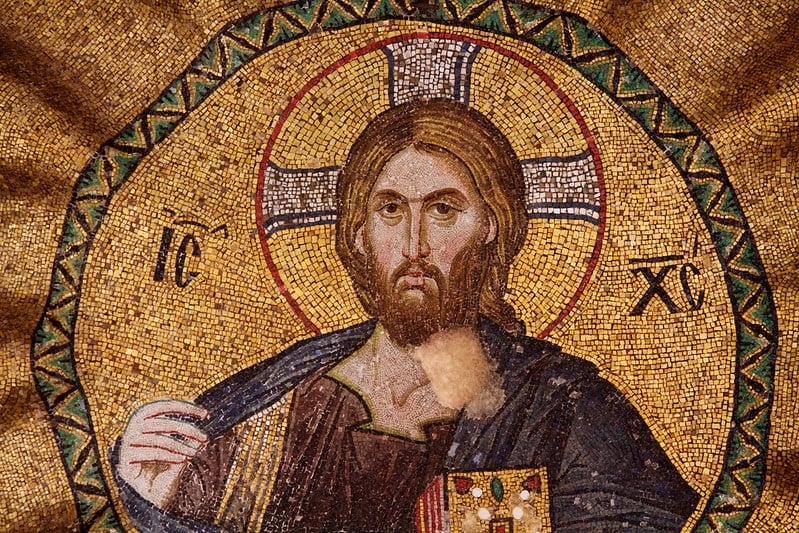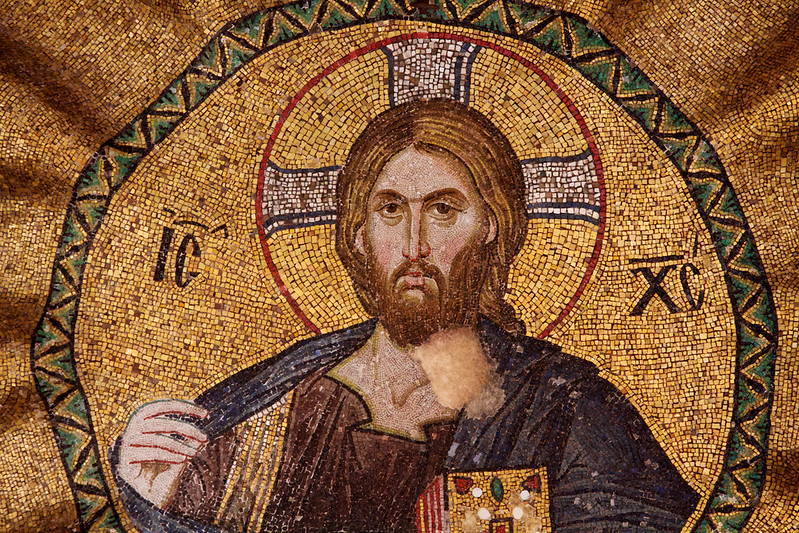

A Catholic church in Lucerne, Switzerland placed an AI hologram of Jesus Christ in a confessional to speak with the faithful.
St. Peter’s Chapel, the oldest Catholic church in Lucerne, placed the AI hologram of Jesus in the confessional as an art installation. The installation, titled Deus in Machina, will run until November 27, after which there will be a discussion about the results of the project and a presentation to go along with it.
It had been rumored that the Jesus AI hologram was taking the holy sacrament of Confession, one of the foundational aspects of Catholicism fundamental to the forgiveness of sins. However, the parish confirmed that despite the hologram’s presence in the confessional, it is there solely to have conversations with the faithful.
“What we’re doing here is an experiment,” said Marco Schmidt, a theologian at the parish. “We wanted to launch the discussion by letting people have a very concrete experience with AI, that way we have a foundation to talk about it and discuss it with one another.”
The installation was the brainchild of a collaboration between Philipp Haslbauer and Aljosa Smolic of the Immersive Realities Center at Hochschule Luzern, and Marco Schmid.
Deus in Machina is a test of sorts to see if AI could help priests with their work by being available in the hours when a priest may not be.
“Accessibility is easy 24 hours a day, so it has abilities pastors don’t,” said Schmidt.
The AI hologram of Jesus Christ speaks 100 languages, including English. The artificial intelligence model has been trained on the New Testament of the Bible and has, so far, responded to people exactly in line with St. Peter’s Chapel’s views. According to DW, two-thirds of users came out having had a “spiritual experience.”
However, Peter Kirchschläger, an expert and professor in theological ethics, said Deus in Machina is going too far and cannot replace pastoral care, but also mentioned that it is an intriguing idea.
“We should be careful when it comes to faith, pastoral care, and the search for meaning in religion,” said Kirchschläger. “This is an area in which we humans are actually vastly superior to machines. So we should do it ourselves.”
Indeed, the parish always has humans attending the installation. They are there to expand on what the AI Jesus hologram might have said, as having a specific quote elaborated on by a parish official or priest could help the believer gain a deeper understanding.
“I’m glad that the avatar still comes across to a certain extent as a technical object,” said Schmidt. “At the same time, the answers it gives are also fascinating. So there’s plenty to talk about when it comes to AI in a religious context.”
